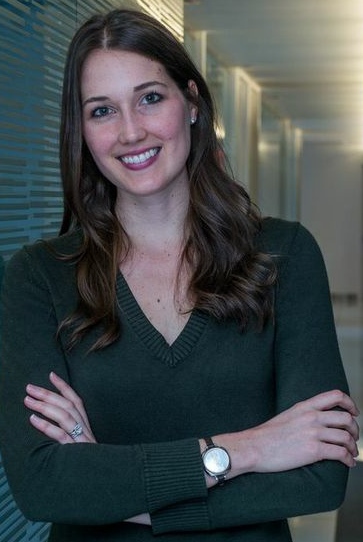By Guest Blogger Juliana Smith Holterhaus, Head of Strategic Alliances for Your Eye
More than 10 years after the debut of Dove’s “Real Beauty” program, it remains an advertising icon and source of controversy. It’s impossible to deny the program’s success in terms of brand exposure: The viral popularity of specific program elements significantly outperformed paid placements. One of the program’s creative officers estimated that the award-winning “Evolution” spot alone has a media value of $150 million.
What made the program groundbreaking was its exploration of how we define beauty, as well as the program’s success in getting everyone from talk show hosts to social scientists to consumers talking about it. Not everyone was impressed, though – Dove’s “Real Beauty” program has its detractors. Here’s a quick overview of how the positive and negative reactions combined to generate an amazing amount of buzz about the Dove brand.
A New Conversation About How Beauty Is Defined
“Real Beauty” got its start when Dove’s executive team was looking for a way to reinvigorate the brand. The company’s PR team conducted a study of 3,000+ women from 10 different countries and found that fewer than 5% considered themselves beautiful. This was the inspiration behind the “Real Beauty” program, which was then executed via a variety of elements, including print, video and outdoor advertising.
The program featured “tick box” billboards showcasing women of various races, ages and shapes next to options such as “Fat or fit?” and “Gray or gorgeous?” or “Withered or wonderful?” Consumers were encouraged to weigh in by answering the tick box questions on the program website, which garnered 1.5 million visits. The strong response indicated how eager people were to join the conversation.
The “Evolution” video spot, which showed how women are transformed by hair, makeup, lighting and digital image manipulation for a photo shoot, was also a monster hit. Another wildly successful element was Dove’s “Sketches” ad, which showed women describing themselves to a hidden police sketch artist and comparing the resulting sketches with drawings made from other participants’ descriptions of the same woman. It became one of the most successful viral ads ever. The bottom-line message? Women are more beautiful than they think they are.
When the Message Misses the Mark
The acclaim for Dove’s “Real Beauty” program hasn’t been universal. Some critics cite a disconnect between the message in the ads and the products Dove and its parent company, Unilever, sell. Critics asserted that the company is capitalizing on women’s body image issues while selling products that wouldn’t exist in a world where women of all shapes, sizes and colors were truly confident in their appearance.
Other experts said the program is patronizing to women, pointing out that body image issues are a deep-seated problem in society and cannot be fixed by a quick confidence boost. Program critics argue that the societal beauty standards women have internalized aren’t of their own creation. And some critics pointed out that the “Sketches” video relied on narrow definitions of beauty and that the participants were mostly young and white. Still others question core assumptions behind the program – that feeling attractive and desirable is even a worthy goal.
The Measure of Success
So how successful was the Dove “Real Beauty” program? There’s no question the program was successful in terms of brand exposure since it achieved far more impressions through its viral nature than it did via its paid ad placements – even more than the program’s Super Bowl ad. The program’s success as a social change agent isn’t as clear.
The reviews are mostly positive, with many praising the company for starting an important conversation. There has been some criticism as well, but the fact that the “Real Beauty” program continues to spark discussions a decade after its debut points to an intrinsic value – and a measure of success few programs will ever achieve.
There are two takeaways for marketing professionals who are contemplating development of a viral program for their own brands.
- Clearly define your goal. Is the program designed to drive brand awareness, or build brand equity?
- Ensure you are able to track the business results of this type of program directly. The use of technology that enables capture of the omni-channel customer experience is critical. That may require going beyond traditional approaches to seek analytics that can deliver this insight since traditional trigger-based analytics cannot capture in-store buyer behavior.
For marketing executives, the Dove “Real Beauty” program remains a model for how to generate viral impressions and revitalize a brand. What made the “Real Beauty” program unique was that it changed the conversation about what makes women beautiful and provided multiple channels for people to participate in the discussion. Brand managers and marketing executives who want to achieve a similar result should think about adding new voices to their own brand conversation.
 Juliana Smith Holterhaus, Ph.D. is the Head of Strategic Alliances at YouEye. Holterhaus previously served four years as General Manager of Market Research, Americas with Lumi Technologies. Learn more at https://www.youeye.com/
Juliana Smith Holterhaus, Ph.D. is the Head of Strategic Alliances at YouEye. Holterhaus previously served four years as General Manager of Market Research, Americas with Lumi Technologies. Learn more at https://www.youeye.com/

